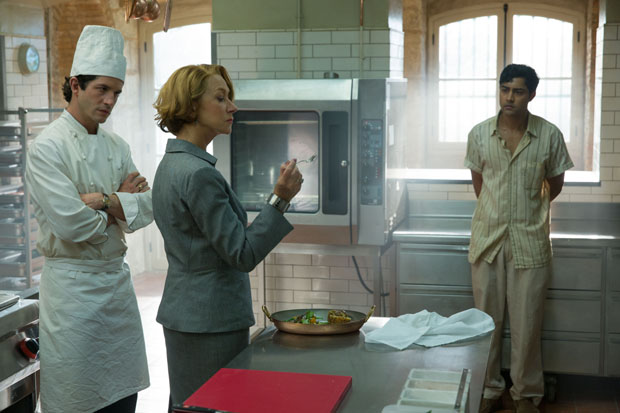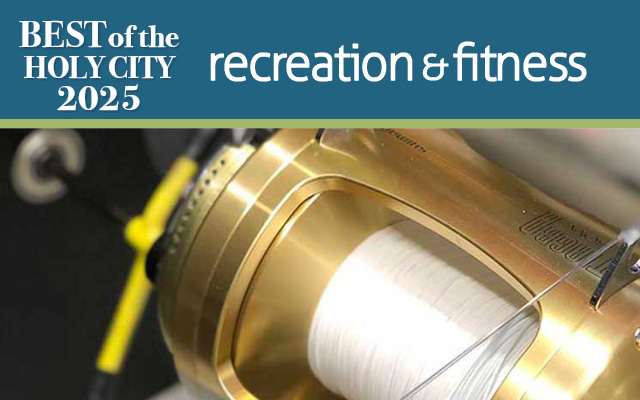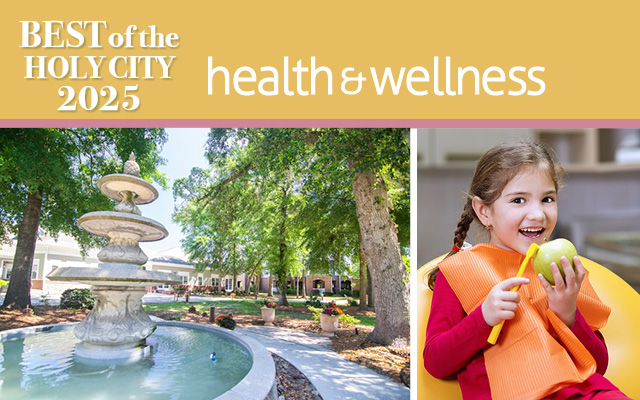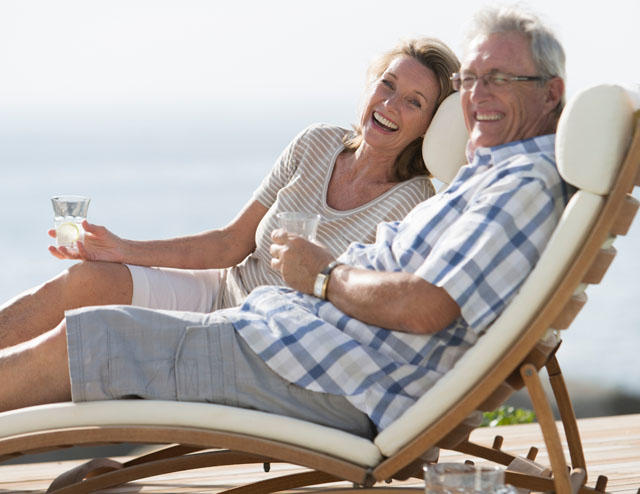The Truth About Tanning
01 Jul 2012
Healthy tan? There's no such thing. But, there's nothing like a day at the beach either. Besides, every lady knows tanned skin looks thinner than non-tanned skin.

The facts are that ultraviolet light exposure can be extremely harmful causing premature aging. Repeated sun exposure is responsible for brown and white spots, tough leathery texture, and nasty wrinkles and crow's feet. If that's not bad enough, too much sun can even be deadly. Basil and squamous cell cancers are on the rise and melanoma rates are nearly doubling in women between the ages of 22 to 29.
We need the vitamin D provided by the sun, but in small doses. Unfortunately, small doses turn into bigger doses with our outdoor activities and other distractions. It is vital that we always protect our skin.
The American Academy of Dermatology recommends a chemical or physical block with an SPF of 15 or greater applied to your skin, a 4-inch brim hat and sun glasses. A block has a physical ingredient with an SPF (Sun Protection Factor) of 12 or higher. These guidelines are for adults and children alike.
What do those SPF numbers mean? You'll see an SPF of 2 to 50 and that refers to the product's ability to block out the sun's harmful rays. A SPF of 15 means that you can be in the sun 15 times longer than you can without sunscreen before burning. You should look for a "broad-spectrum" product that protects against both UVA and UVB rays.
I sometime hear in my practice that a client is allergic to sunscreen. While this may be true in some cases, typically that individual may be allergic to just one or two of the ingredients. Originally, most products contained para-aminobenzoic acid, commonly known as PABA. A lot of people presented sensitivity to PABA and it was staining to clothes. There is a new version of this effective ingredient called PABA Esters that causes much less sensitivity. The very best for sun protection is Titanium Dioxide or Zinc Oxide. Think back to the white noses you'd see on lifeguards? The formulas today don't have that white and pasty appearance.
Remember that there is a big difference between "Waterproof" and "Water Resistant." If you participate in outdoor recreation activities like swimming, you'll want to be sure and use a waterproof product that will stay on.
It's important to apply our sunscreen 15 to 30 minutes before any sun exposure. But what if you forget? What if you get burned? Get out of the sun as quickly as you can and stay hydrated. Take a cool shower or bath to soothe the pain. Apply aloe or another cooling product - never apply butter or oil to any burn. Ibuprofen or Acetaminophen can be helpful.
Bear in mind that most of the skin issues we complain about today are a direct result of our sun exposure when we were kids. Be safe in the sun, model good sun practices and teach your kids that tanning beds are no different than direct sunlight. Until pale skin becomes fashionable again, the only good alternative is airbrush tanning or self-tanners. Thankfully, those tanning products have come a long way with a variety of shading as well as pleasant fragrances. - Marci Delaney












